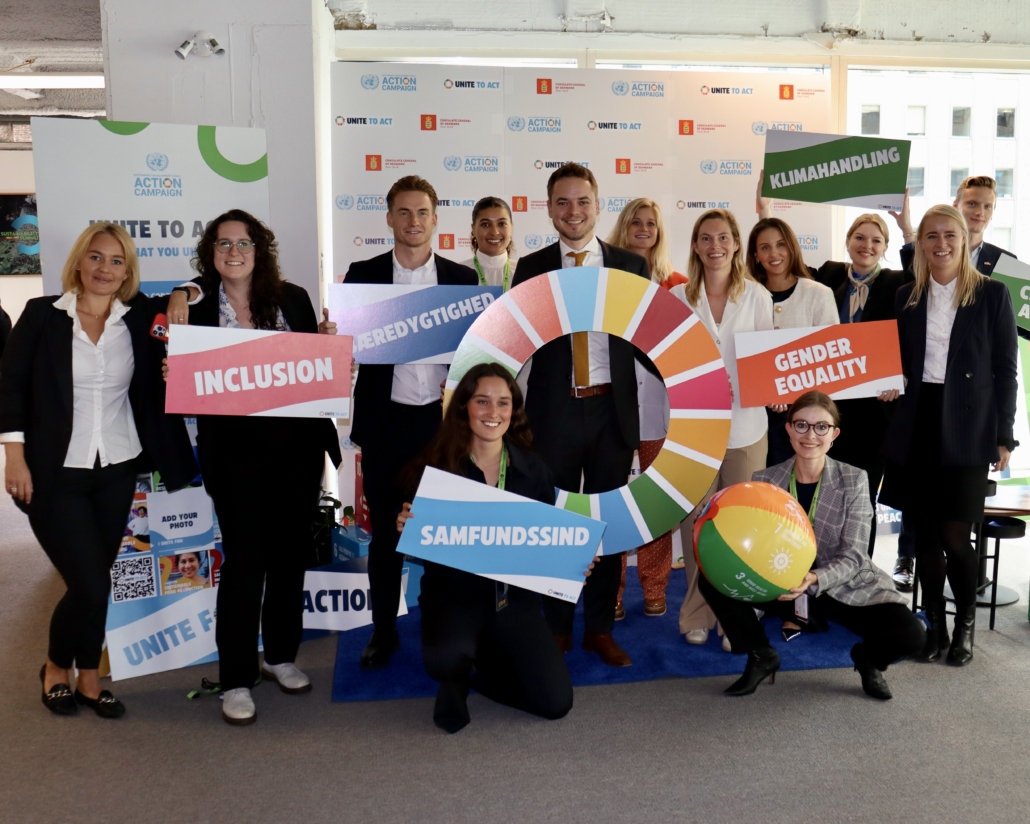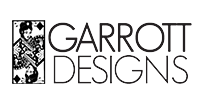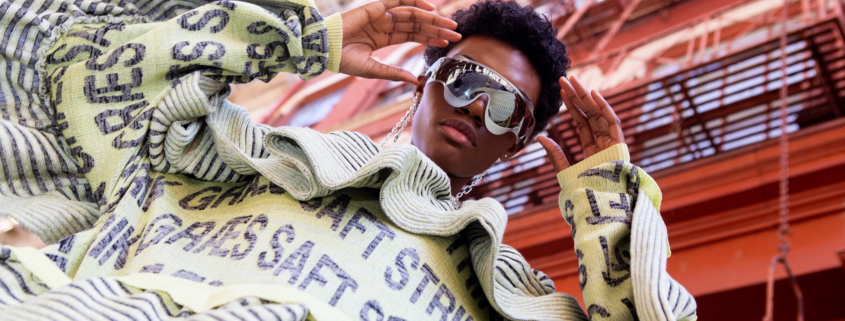Design Diplomacy: Shaping Global Public Affairs through Creative Solutions
Lars Løkke Rasmussen, The Minister of Foreign Affairs of Denmark wore a grass-juice shirt to the airport after the Sustainability Summit held during the 78th UN General Assembly at Climate Week in New York City. He was seen with designer Henrik Vibskov, who collaborated with Pond, a biomaterials textile company in creating the grass juice shirt. The shirt made a second appearance on New Year’s Eve when Lars Løkke posted a selfie viewing the fireworks in Denmark on Instagram.
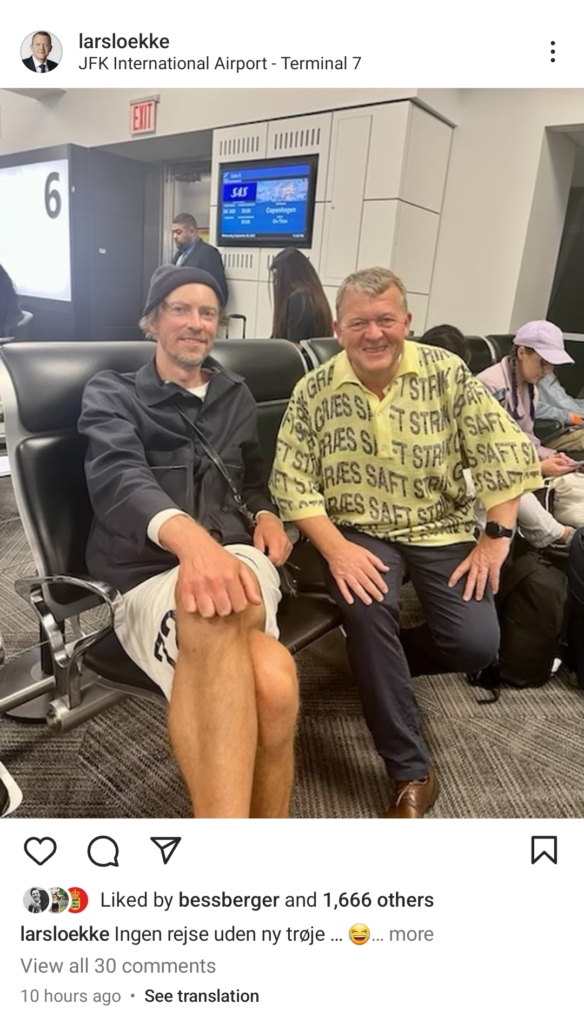
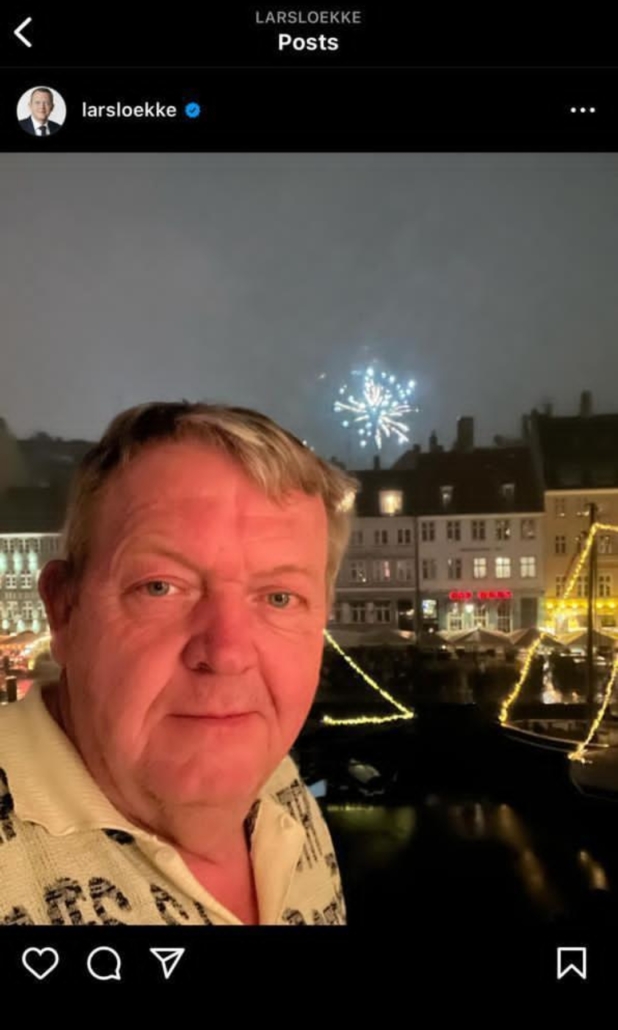
You are probably asking why that matters? Design is a crucial part of spreading ideas and engaging active change.
At the intersection of commercial trade and global political affairs, I brought together three very different companies that focus on both product design and the development of new systems and sustainable manufacturing resources: Pandora, Henrik Vibskov, and Pond.
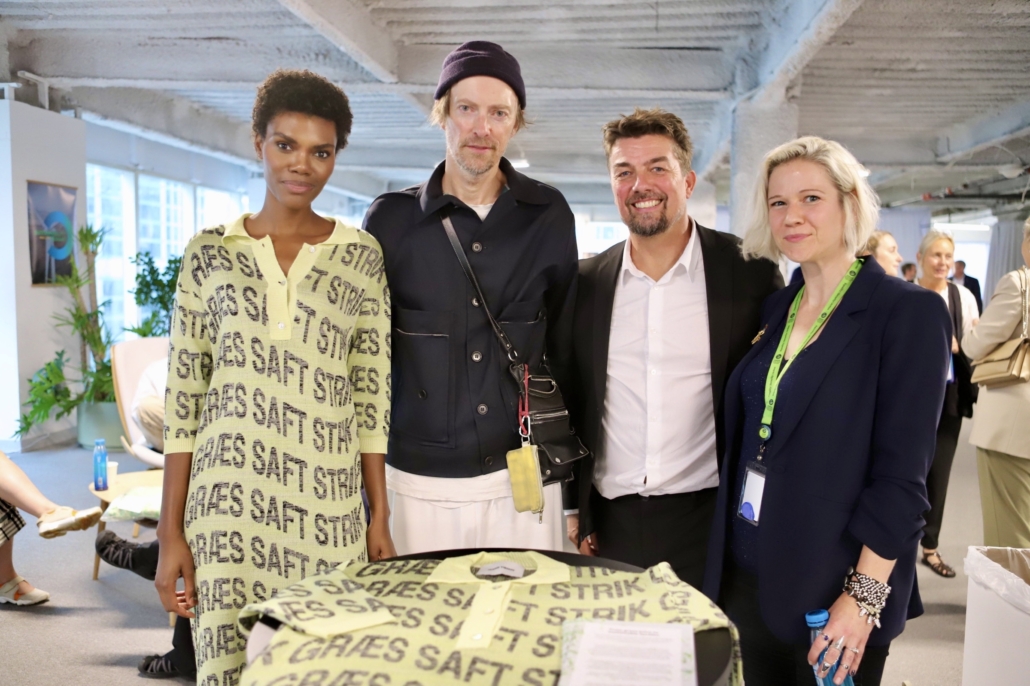
This was an unusual collaboration between the world’s largest jewelry company, a world renowned artist and fashion designer, and a bio-materials start-up that is crafting knit fiber from grass juice. Together, they showed a level of responsibility in the private sector that is driving the innovation needed to fulfill changing policies towards the green transition.

On the three-day agenda, where conversations concerning wind energy, life-science, and climate change, knit shirts may seem like a non-priority. However, design is needed to further each of these agendas as tangible, visible solutions thus providing necessary development for implementation and scalability.
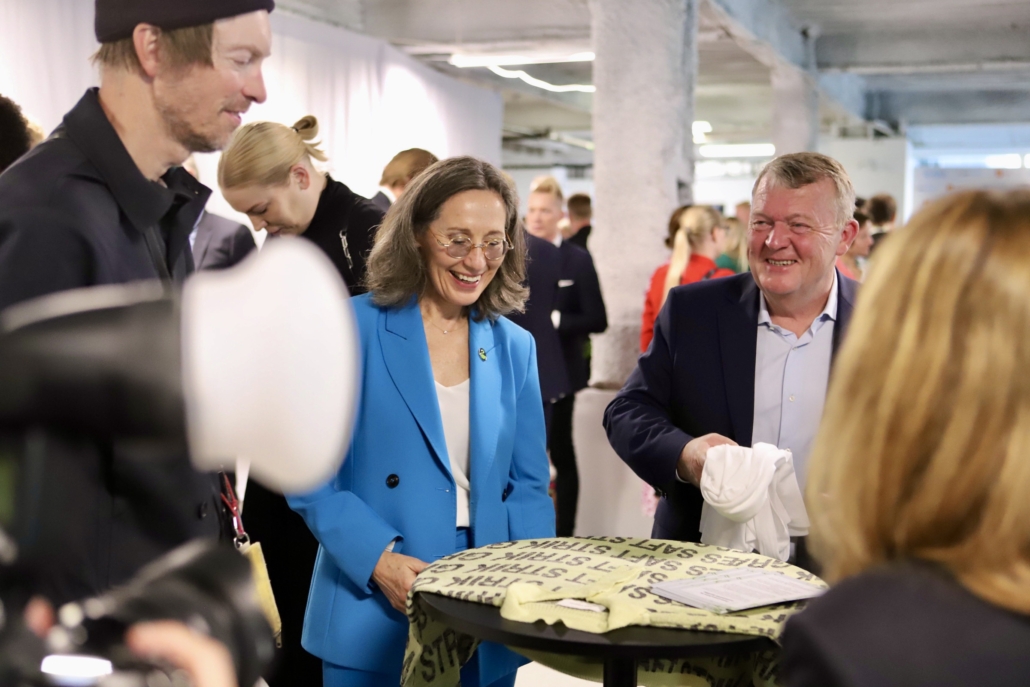
Something interesting happened when the dust settled and the frenetic energy of NYC Climate Week had ended. What delighted delegates was the presence of designers, artists and objects that engaged and supported the high-level dialogue. Those experiences were personally shared with excitement across their social media networks as well as Vogue Scandinavia.
Interestingly, these moments turn a physical object into a symbol of progressive policy. Political leaders can address and support agendas on social media by showing up with the object of design. The visual understanding of what political initiatives and innovations mean for everyday life can increase advocacy from high level dialogue among political leaders to street level customers choosing to support sustainable innovation.
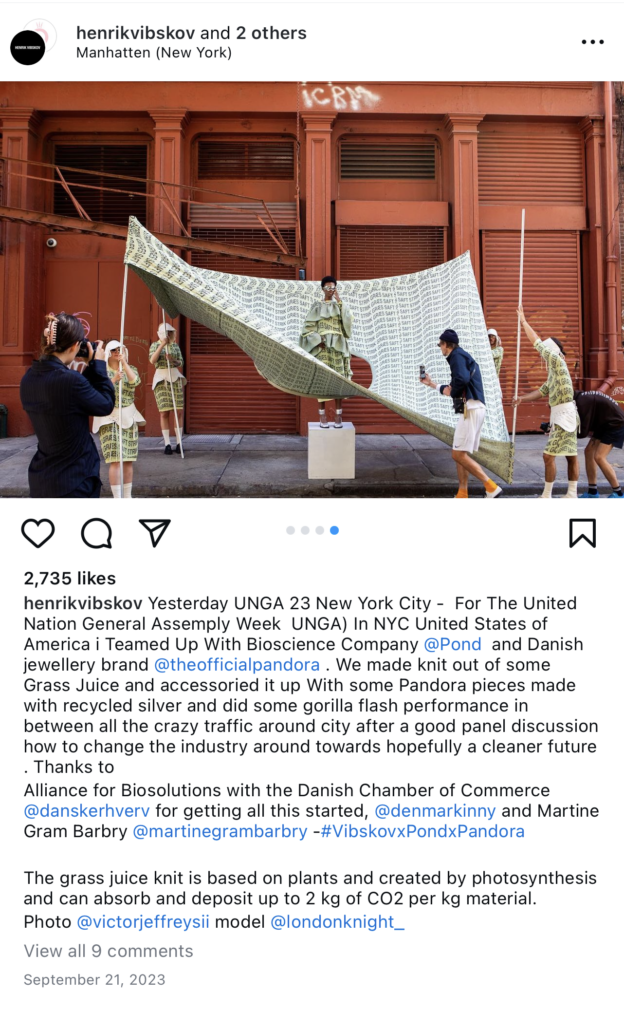
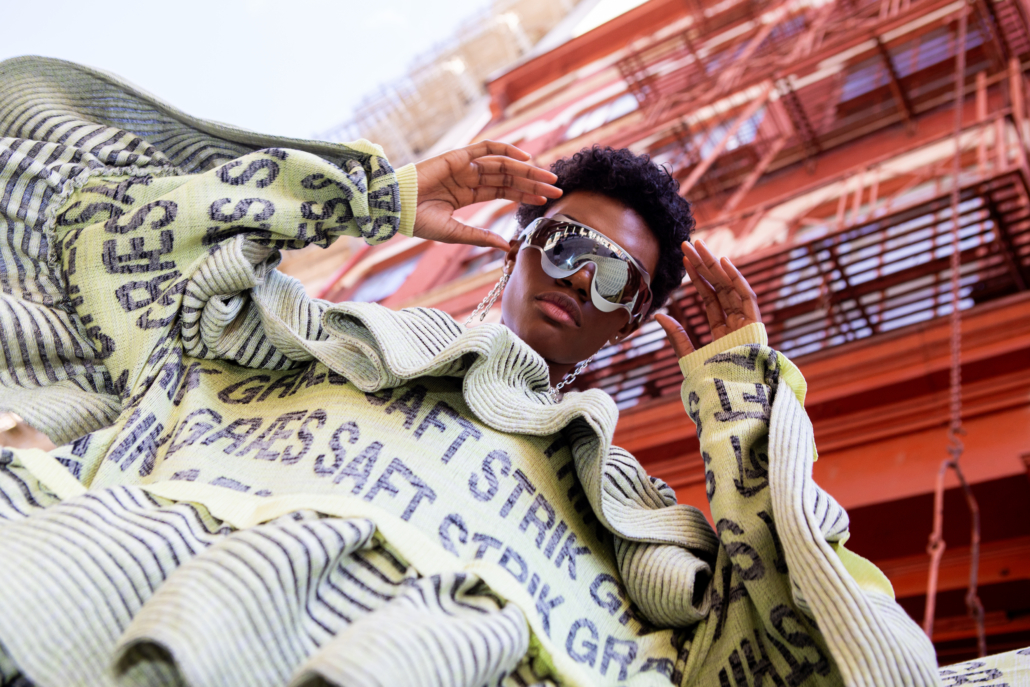
Photo Credit @victorjeffreysii model @londonknight_
@Pandora @HenrikVibskov
Design has the power to bring policy into action. Design makes tangible and physical experiences that deliver on the promise of proposed political agendas. Design can iterate to evolve the needed solutions to unforeseen challenges once policy is set in place. Above all, design puts policy in the hands of the people so they can see and feel what change means for them. Design bridges high-level dialogue and translates political language into experience and tangible understanding.
Join us at this year’s Sustainability Summit NYC and let’s design the future together at UNGA79 in September. Check out the program and register your interest in attending here.
For more on this topic, check out my previous article Creativity to Solve Problems: Storytelling to Bring Change – Garrott Designs
